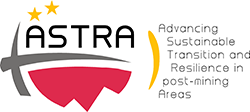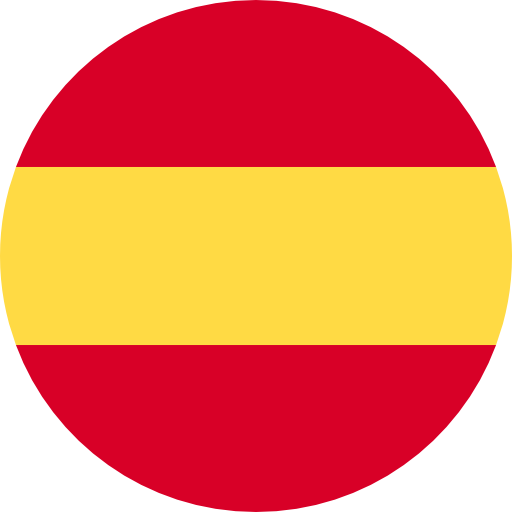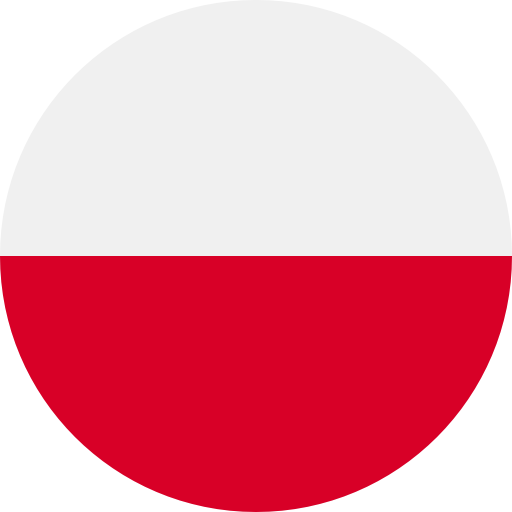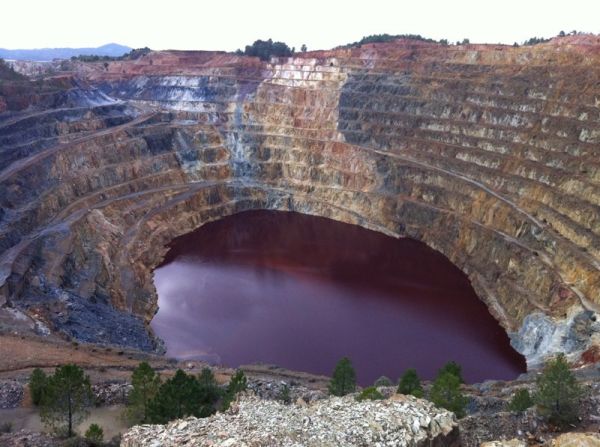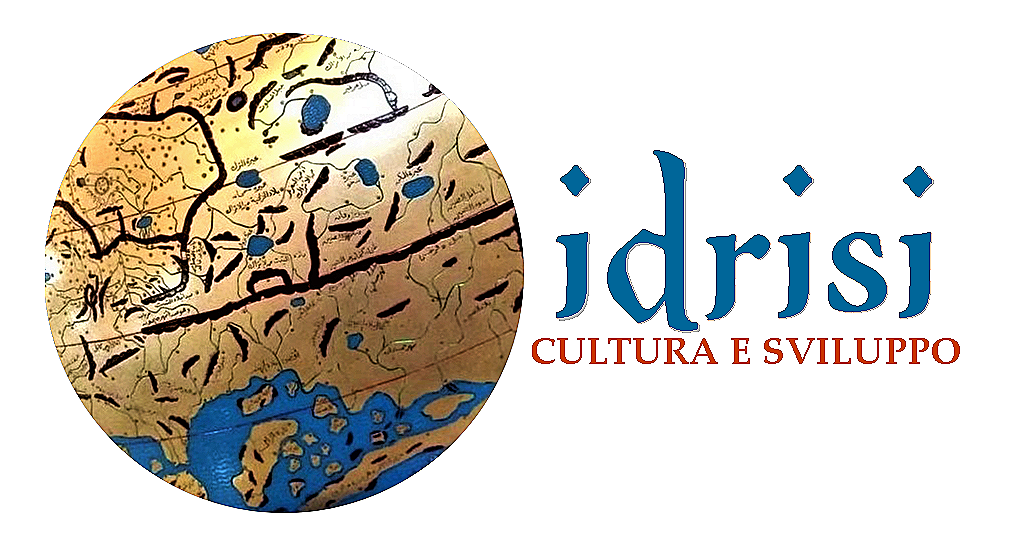Corta Atalaya
37º 42' 12'' N 6º 36' 10'' W
North-West
Spain
Description
Corta Atalaya is the largest open-pit mine in Europe and was at one time the largest in the world. It is located within the city limits of Minas de Riotinto in the province of Huelva, autonomous community of Andalusia, Spain. It is roughly elliptical in shape, 1,200 metres (3,900 ft) long, 900 metres (3,000 ft) wide, and 350 metres (1,150 ft) deep. It was one of the most ambitious projects of the Rio Tinto Group.
Extracted Materials
At its peak it employed 2,000 workers mining copper; it was actively mined until 1992. Since at least 1994 it has been flooded up to the 16th ring. Corta Atalaya is a mine in western part of the Iberian Pyrite Belt. It is part of a zone of volcanogenic massive sulfide ore deposits of Silurian to Carboniferous age which has produced significant copper, zinc, lead, gold and silver.
Antropological info
In 1970, La Atalaya had 257 buildings and a population of 823. That year, approval was received to enlarge the pit; in 1971, La Atalaya was destroyed because it was in the path of the mining. La Atalaya was not the only townsite sacrificed to the mine. Earlier, the original location of Minas de Riotinto lay in the path of the mine; the town was moved to its present site.
Sociologal info
In 1873, Rio Tinto Company, later Rio Tinto Group, acquired the mines of Riotinto. Encountering the problem of transporting miners from their homes to their workplaces, and taking only economic concerns into consideration, they planned construction of houses where the miners had already built huts to stay overnight near the mines. Thus, the village of La Atalaya was founded in 1883. The company simply substituted more durable buildings for the huts, constructing neighborhoods in the locations the miners had already chosen. Construction began on 100 houses, each of 45 square metres, providing only the most minimal necessities of lodging. The company then went on to build a public plaza, chapel, grocery store, casino, school, and a Guardia Civil barracks. For almost a century, this was home to many of the miners, first those working in the subterranean mine and then in the Corta Atalaya open pit.
Archaeological info
The Journal of Roman Studies publishes papers in the full range of the field which the Roman Society was established to promote, i.e. 'the study of the history, archaeology, literature and art of Italy and the Roman Empire, from the earliest times down to about A.D. 700'. The emphasis is on historical themes, but there are also articles on literary, archaeological and art historical topics, including issues of cultural and intellectual history that cut across these categories.
Sustainable tourism insights
The Corta Atalaya Golf Club,, located at the foot of the Huelva mountains, has marvellous views over the course and the Corta Minera of the Riotinto mines. A platform built on the edge commands dramatic plunging views into the crater, which is traversed by very straight seams and divided into terraces that reveal the different cross-sections of the terrain. In the nearby mining facilities, the iron ore is transported away in enormous lorries.
Environment sustainability
Mining company Atalaya is listed on London’s Alternative Investment Market - a less regulated market for companies too small to be on the London Stock Exchange. The company’s Riotinto Mine [formerly owned by, but no longer associated with, Rio Tinto mining company] is an open-pit copper mine in the province of Huelva, Andalusia, southern Spain. In May 2017, Spanish environmental organisation Ecologistas en Accion published a video which was carried by a national social media platform showing one of the sections 7 of the Riotinto dam ‘overtopping’ (spilling over) and ‘piping’.
